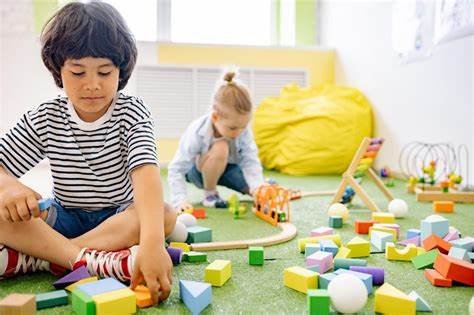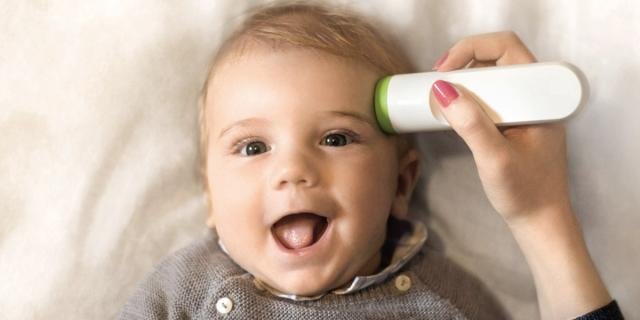Ensuring your baby has a safe and stimulating environment is crucial for their growth and well-being. A safe space helps protect your baby from harm, while a stimulating environment encourages their development. Here’s a step-by-step guide to creating the ideal setting for your baby to thrive.
1. Babyproof Your Home
Safety is the foundation of a good environment. Begin by babyproofing your home to prevent accidents. Install safety gates near stairs and cover sharp furniture edges with padding. Secure heavy furniture and appliances to the wall to prevent tipping.
Place outlet covers on all electrical sockets and keep small objects, cords, and choking hazards out of reach. Regularly check your baby’s play and sleep areas to ensure they remain safe as your baby grows and starts exploring.
2. Choose a Safe Sleeping Setup
Your baby’s crib should have a firm mattress with a fitted sheet and no additional bedding, pillows, or stuffed toys. These items can pose suffocation risks. Always place your baby on their back to sleep to reduce the risk of Sudden Infant Death Syndrome (SIDS).
Keep the crib away from windows, curtains, and cords to avoid entanglement. Using a baby monitor allows you to keep an eye on your baby during naps and nighttime.
3. Provide Age-Appropriate Toys
Toys play a significant role in stimulating your baby’s senses and encouraging development. Choose toys that are appropriate for their age and free of small parts. Rattles, soft plush toys, and teething rings are excellent for younger babies.
As they grow, introduce toys that promote fine motor skills, such as stacking blocks, shape sorters, and interactive books. Rotate toys regularly to keep your baby engaged and curious.
4. Create a Stimulating Play Area
Dedicate a corner of your home as a play area. Use a soft play mat to cushion falls and include colorful, interactive toys that encourage exploration. Hang a mobile or place mirrors at a baby-safe height to engage their visual senses.
Tummy time is essential for strengthening your baby’s muscles. Add textures, like soft blankets or crinkly toys, to their tummy time routine for extra stimulation.
5. Encourage Sensory Development
Expose your baby to a variety of sights, sounds, and textures. Play gentle music, sing lullabies, and read simple books to foster language development. Toys with different textures, like plush fabrics or rubber, engage their sense of touch.
When outdoors, allow your baby to experience nature. The sounds of birds, the feel of grass, and the colors of flowers stimulate their senses and curiosity.
6. Maintain a Clean Environment
Cleanliness is critical for keeping your baby healthy. Regularly sanitize toys, high chairs, and play mats. Wash their bedding and clothing with baby-friendly detergent to prevent skin irritation.
Ensure your baby’s hands and face are clean, especially after playtime or meals, to reduce the risk of infections.
7. Establish a Daily Routine
A consistent daily routine helps your baby feel secure. Include regular times for feeding, napping, and play. Predictable routines create a sense of stability and help your baby adjust to their environment.
8. Engage in Bonding Activities
Your presence is the most stimulating part of your baby’s environment. Talk, sing, and make eye contact while spending time together. Simple activities like playing peekaboo or narrating your actions can significantly impact their social and emotional development.
9. Monitor and Adapt as They Grow
As your baby grows, their needs and abilities will change. Adjust their environment to suit their developmental stage. For example, once they start crawling, you may need to re-babyproof areas they can now reach.
Continue to introduce new challenges and toys that match their skills to encourage progress and confidence.
Conclusion
Creating a safe and stimulating environment for your baby sets the foundation for their physical, emotional, and cognitive development. By focusing on safety, sensory stimulation, and bonding, you can help your baby grow in a nurturing and enriching space. Remember, your love and attention are the most critical components of their environment.










